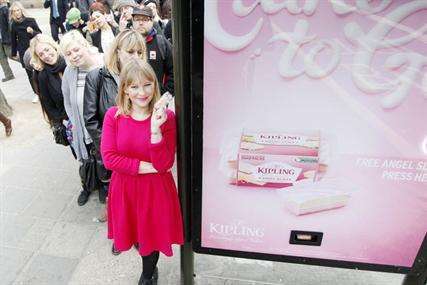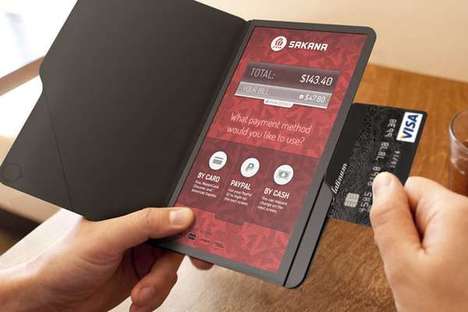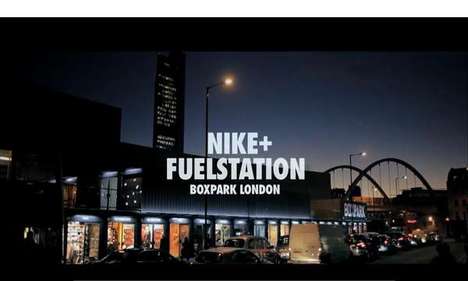3 Key Advantages of Interactive Marketing Campaigns
Related Trend Reports
Art & Design, Business, Eco, Fashion, Food, Gadgets, Interactive, Internet, Lifestyle, Marketing, Print, Retail, Social Business, Social Media, Tech Brands are increasingly executing interactive marketing campaigns in an effort to gain customer attention. Conventional approaches to marketing involve brands sending out a radio broadcast, TV spot or print campaign in the hopes that people will take notice; interactive marketing, on the other hand, involves the consumer. The customer isn't passively experiencing a brand's message -- she is participating in it. With interactive marketing, brands get a few major benefits:
Brands are increasingly executing interactive marketing campaigns in an effort to gain customer attention. Conventional approaches to marketing involve brands sending out a radio broadcast, TV spot or print campaign in the hopes that people will take notice; interactive marketing, on the other hand, involves the consumer. The customer isn't passively experiencing a brand's message -- she is participating in it. With interactive marketing, brands get a few major benefits:1) Increased Sharing. With interactive marketing, customers are more engaged because the campaign is more hands-on than traditional advertising. Enhanced customer engagement leads to increased satisfaction, which makes the customer more likely to share his or her experience with friends and family. Some interactive marketing campaigns even stimulate sharing by focusing the campaign on customization and creation. For example, with Intel's 'Me The Musical' campaign, users were encouraged to create their own personalized animated musicals and share them on Facebook. Another example is Orbit's Spotlight Series campaign, which allowed online fans to design and personalize their own boxes of Orbit gum using a Facebook design app.
2) Personalization. A major advantage of interactive marketing is its ability to be customized and tailored to certain users and consumer groups, something that is more difficult, and sometimes impossible, to do via traditional advertising methods. With interactive marketing, you can have consumers share their preferences with your brand so you can better tailor the advertising message. Kroger, for example, recently created a preference-based loyalty program for customers, rewarding shoppers with personalized discounts based on their shopping history. A more general way brands can use interactive marketing to create personalized marketing messages is through Foursquare check-ins and location-based promotions.
3) Positive Brand Experience. Unlike traditional, non-interactive forms of advertising, which can be disruptive and irritating for customers, interactive marketing strategies stand to alleviate a brand's position in consumers' minds by being more fun, entertaining and engaging. Campaigns that provide an incentive for participation, especially, are a great way to engage a customer while minimizing the chance that a person will consider your promotion annoying and invasive. People tend to shut out advertising messages when they do not seem relevant; adding an interactive element to the message helps to reduce this phenomenon.
If you're looking for more examples of interactive marketing campaigns and promotions, make sure you check out Trend Hunter's Interactive Marketing Trend Report. Our Pro trends database also includes trends and new developments in interactive marketing, such as Brand-itorials and Window Tech.
References: trendhunter, trendreports
Featured Articles

Participatory Advertising
Low-interactivity ads conveniently engage & capture attention

Window Tech
Infusing technology into windows to create interactive experiences

Digital Dining
Restaurants augment customer experience through use of technology

Shoppertainment
Engaging customers through an exciting and entertaining retail experience

Greenteractive
Campaigns and innovations promoting eco living through interactivity

Brand-itorials
Companies use magazine-style content to enhance customer experience

Tune-teractive
Companies use music to boost retail and brand experiences